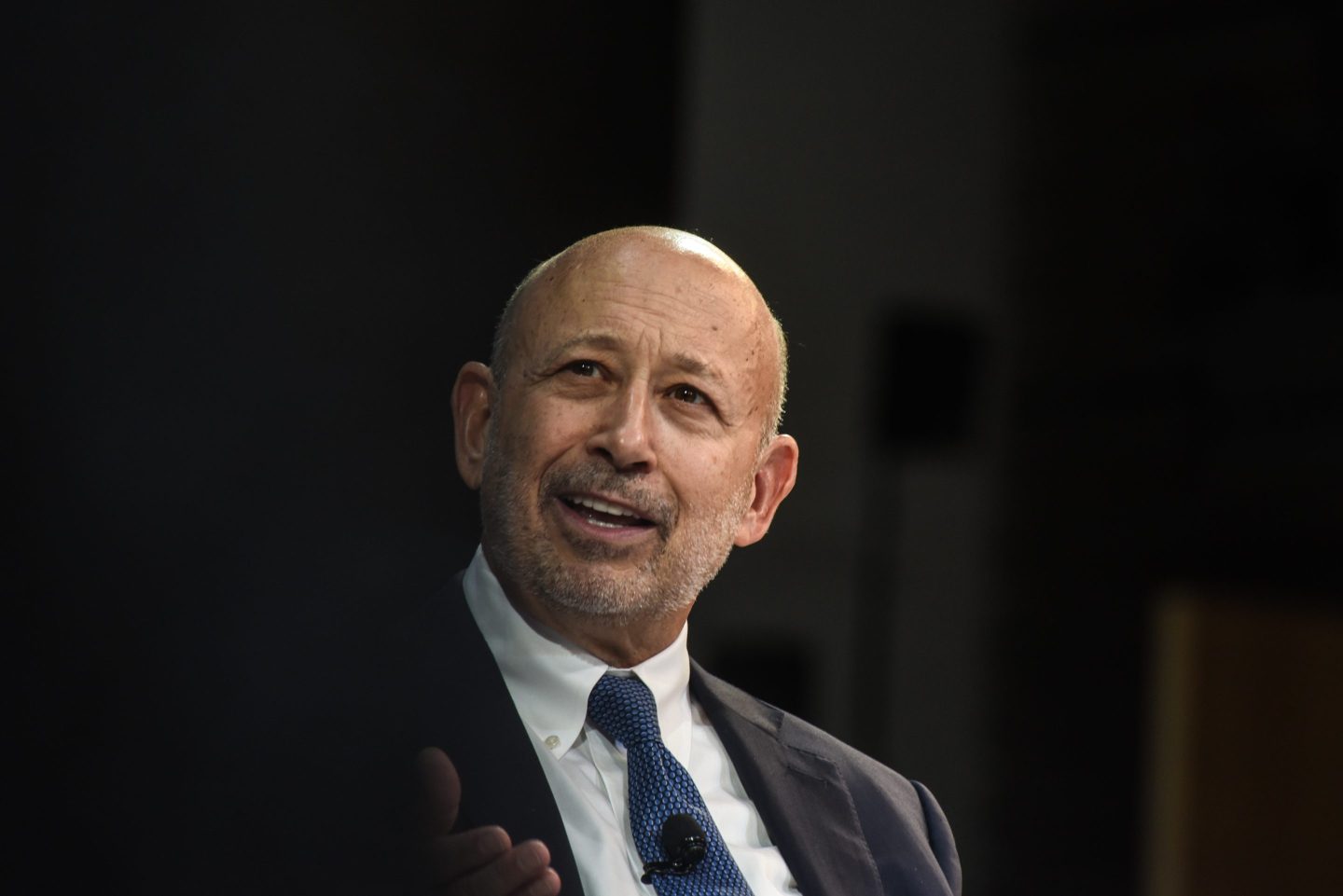
FORTUNE — This week World Wrestling Entertainment (WWE) launched a new venture that’s more aggressive than Hulk Hogan busting out a double-knee face-breaker: a 24/7 online streaming channel called the WWE Network.
The staged-sporting-events company, led by chairman and CEO Vince McMahon, is making a huge bet that its new service will appeal to TV viewers who continue to abandon cable as well as to a younger demographic who consumes most, if not all, of its shows on a computer or smartphone. To make the launch happen, WWE has invested $75 million over the past two years — quite a lot for a company that reported $508 million in revenues for 2013.
Here’s how it works: Subscriptions to the network, which went live on Feb. 24, cost $9.99 a month with a six-month commitment (it’s month-to-month after that) and includes free monthly pay-per-views. Viewers will be able to watch new, original content in the form of shows such as Legends House (think MTV’s Real World but in a house packed with WWE legends like Rowdy Roddy Piper) and, eventually, to access 130,000 hours of digital footage of historic WWE content.
Initially 1,500 hours of programming will be made available, including every WCW, ECW, and WWE pay-per-view event, with 50 hours of content from the library added monthly. “There is nothing else out there like it,” says Michelle Wilson, WWE’s chief revenue and marketing officer.
MORE: World’s Most Admired Companies
McMahon and his team wrestled with several different formats before deciding on such an innovative approach. Wilson says that the company began formally discussing the network about six years ago, but adds “the idea has always been on Vince’s mind, and he saw it as a natural evolution in our business.” The company started with the concept of a basic cable channel like ESPN, the sports network owned by Walt Disney (DIS), and also considered a pay channel similar to HBO or Showtime.
In the end, WWE, impressed by the service provided by Netflix (NFLX) and Hulu, decided to go with the online streaming approach. WWE.com will be available across multiple platforms, including apps for Apple, Android, and Amazon Kindle Fire mobile devices, and on Sony PlayStation and Microsoft Xbox gaming consoles. Jim Ross, a legendary former WWE announcer and executive, called the network “a giant grappling buffet” that will draw in fans of all generations.
The WWE estimates it will eventually reach 2 t0 4 million subscribers. Robert Routh, director of equity research at National Alliance Capital Markets, believes that number is low. “I think the company is smartly being conservative,” he says. “(It) has large global fan base, and it’s continuing to grow. In the long term I think the network could attract millions more, perhaps up to 6 to 8 million subscribers.”
Even beyond the network launch, 2014 is shaping up to be a pivotal year for WWE. The company’s biggest event, WrestleMania, is celebrating its 30th anniversary on April 6 in New Orleans. The company is also entering negotiations on the licensing fees it gets for its programs on various NBCUniversal channels — such as Monday Night Raw on USA and Total Divas on E! — and is seeking a significant increase from the $160 million it was paid in 2013.“For the numbers they (WWE) deliver, their rights fees have been grossly undervalued for years,” Ross says. “They are battling perception issues the genre has battled since it was created.”
But Bryan Alvarez, editor of Wrestlingobserver.com, is doubtful of a major fee increase. “They think they can make three times more, but I think that’s impossible. Maybe close to double. Maybe.”
For all its successes, WWE has suffered setbacks on big ventures before. A WWE-themed restaurant that reportedly cost $25 million had to be closed three years after its opening in New York’s Times Square. And skeptics of the network are quick to point out its humiliating attempt at a football league, the XFL, which folded after one season in 2001.
Ross dismisses the comparison. “They are staying in their wheelhouse, and look at their TV programming track record, whether it’s a Saturday main event or syndication or dominance in basic cable,” he says. “They know how to do wrestling and TV. It’s a perfect marriage. It’s a neighborhood they’ve been in for a long time.”
MORE: Silicon Valley’s stealth power
There could still be significant hurdles for the network to succeed — specifically lost revenues from the company’s monthly pay-per-views. The average cost of a regular WWE pay-per-view is $45. But its premium event, WrestleMania, costs around $60 per view and brought in more than $72 million in revenues last year.
“How will they make up the difference between the subscriptions and the lost revenue?” says Alvarez, questioning what would happen if the network failed and the company had to go back to its cable subscriber partners. “There is no way they will be able to get the same 50/50 split they have gotten before.” Dish Network (DISH) recently announced it would stop carrying the company’s pay-per-views and instead will “consider the value of WWE pay-per-view on an event-by-event basis.”
No doubt the stakes are high. But if the network succeeds, it will be the latest instance of the WWE pile-driving its doubters in the TV industry. And despite his reservations, Alvarez says he has seen Vince McMahon bet on his company and win before. “If this works, then Vince is a trailblazer, and that’s why I don’t think it will flop,” he says. “It has to work.”











